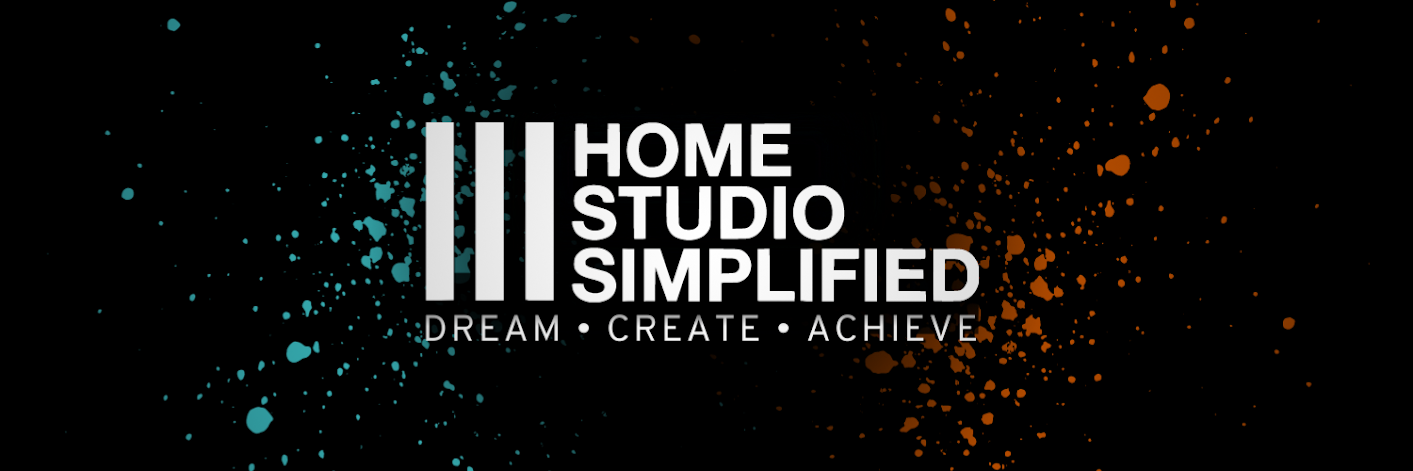Cakewalk Sonar Returns: A Rebranded Powerhouse for Music Production
The wait is over—Cakewalk Sonar is back. After years of evolution under BandLab, the beloved DAW has been refreshed, rebranded, and packed with new features designed to elevate your music production experience. But before you dive in, let's break down what's changed, what's new, and whether this update is worth your time.
A Name That Resonates: Why the Rebrand?
Cakewalk by BandLab is now Cakewalk Sonar, marking a return to its roots while signaling a more focused and streamlined product line. For long-time users, the nostalgia is real, but the rebrand isn't just about sentiment—it’s about reestablishing Sonar as a premier DAW. Best of all, the new Sonar won’t overwrite your existing installation, so you can explore it risk-free.
A Fresh Look: User Interface & Customization
Sonar’s new UI refresh is sleek, modern, and more customizable than ever. With multiple themes—including the fan-favorite Tungsten—users can tailor their experience to their visual preferences. DPI Awareness is another welcome addition, ensuring high-resolution displays render crisp, clear text and graphics. No more blurry UI elements!
Pro Tip: Setting a default theme in Preferences can help maintain visual consistency across projects, reducing eye strain during long sessions.
Enhanced Workflow: Track Manager Upgrades
Efficiency is the name of the game, and Sonar’s Track Manager is stepping up. Users can now create per-project presets, toggle views more quickly, and enjoy a more intuitive layout. Whether you need a clutter-free session or custom track views for vocals, drums, or synths, the new Track Manager ensures that everything is just a click away.
XSampler: Your Built-in Sampler
No more hunting for third-party plugins for basic sampling—Sonar introduces XSampler, a built-in sampler that lets users import, tweak, and play audio as an instrument. This feature is perfect for producers looking to experiment with sound design without leaving the DAW.
Spectrum Analyzer: Precision Mixing Made Easy
Mixing engineers will appreciate the new Spectrum Analyzer, now integrated directly into the Console view, Inspector, and ProChannel. Real-time frequency analysis means better EQ decisions and faster mixing workflows.
Plugin Upgrades & Oversampling: Cleaner Sound, More Power
Plugins received some much-needed love in this update. TH-U Cakewalk Edition now delivers pro-level amp modeling, while the ProChannel Concrete Limiter ensures transparent peak control. But the real standout? Oversampling, now up to 16x. This means reduced aliasing, higher-quality processing, and overall cleaner audio.
Pro Tip: Use oversampling only when printing your mix to save CPU power during production.
Smarter Export & Backup: No More Lost Files
Sonar introduces the Cakewalk Interchange Format (CXF) for seamless project transfers across Cakewalk platforms, plus the Cakewalk ZIP format for archiving projects. These updates eliminate the common headache of missing audio files when moving sessions between systems.
Features Being Retired
Not everything made the cut in this new iteration. Here are a few notable exclusions:
Custom UI Themes: Legacy themes are no longer supported, meaning user-created color schemes won’t carry over.
ProChannel FX Chains: While FX chains remain, ProChannel-specific chains have been removed.
Older DX Plugins: Some DirectX plugins may not function as expected as Sonar shifts focus to modern VST formats.
TH3 Support Dropped: Sonar will automatically replace TH3 with TH-U, though existing TH3 presets won’t transfer.
No Free Version: Unlike Cakewalk by BandLab, Sonar is now a paid product, with Cakewalk Next remaining free for basic users.
Who Stands to Benefit the Most?
Singer-Songwriters: XSampler allows quick conversion of voice memos into playable instruments, making layering harmonies effortless.
Mix Engineers: The integrated Spectrum Analyzer provides visual feedback in real-time, enhancing EQ accuracy.
Live Musicians: Oversampling up to 16x ensures cleaner recordings for high-fidelity performances.
Producers with Large Sessions: Track Manager presets simplify complex projects, reducing the need for endless scrolling and manual organization.
The Verdict: Is It Worth the Upgrade?
Absolutely. With a refined UI, workflow improvements, and powerful new features, Cakewalk Sonar is a solid step forward. For existing users, the transition is seamless. For newcomers, it’s the perfect time to dive into one of the most capable DAWs on the market. Whether you're producing, mixing, or composing, Sonar has the tools to help you craft professional-quality music.
What’s your favorite update? Let us know in the comments!





